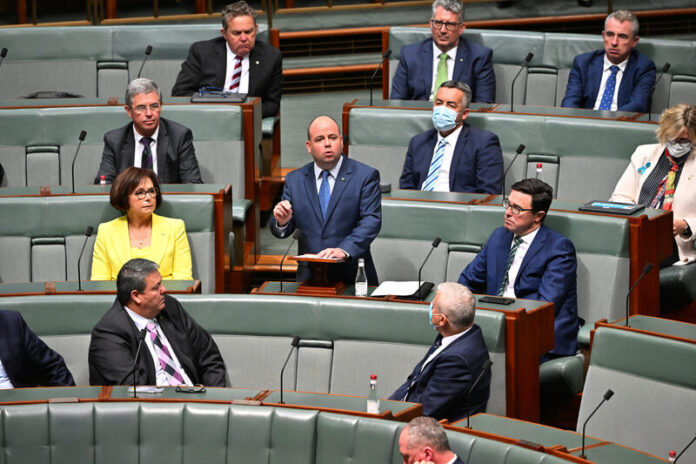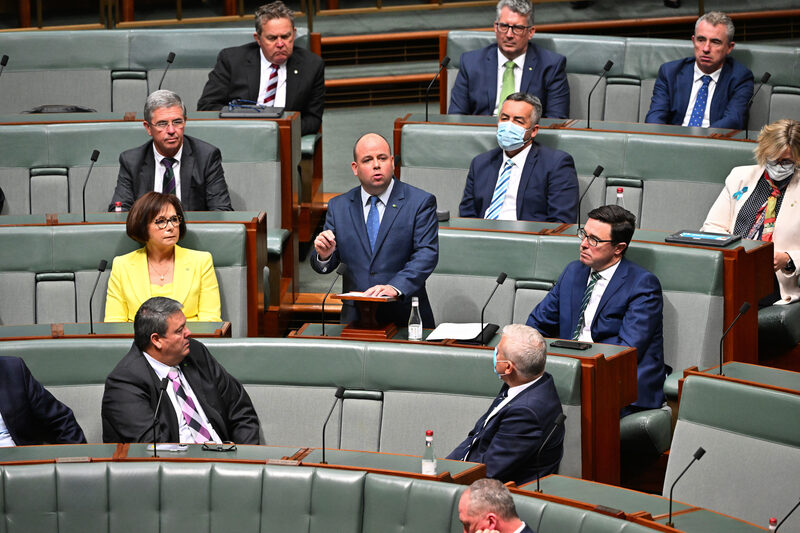
LAST week, the Regional Australia Institute launched Regionalistion Ambition 2032 – a Framework to Rebalance the Nation, a bold plan to have 11M people living outside capital cities by 2032.
Achieving this target will see an extra 500,000 people living in the regions, above the estimated prediction of 10.5M.
Federal Member for Nicholls, Sam Birrell, who attended the launch of the Framework, expressed his concern that insufficient regional infrastructure spending could place regional growth at risk.
“As I said in my first speech in the Federal Parliament, I want to continue to develop our region and regional Australia more broadly. I don’t want an Australia that’s dominated by a few ever-expanding megacities,” Mr Birrell said.
“For Nicholls and other regional electorates to cope with the influx of new residents during the pandemic and the forecasts for further population growth there needs to be a steady and reliable pipeline of investment.
“Labor already has a raft of programs and funding committed by the former Coalition Government under review and has indicated it will scrap billions of dollars in regional investment planned for the next decade.”
A second Federal Budget will be handed down by the Labor Government on October 25. Mr Birrell said,
“Regional Australia is facing a horror Federal Budget at a time when regional investment is more critical than ever.”

The Regional Australia Institute report documents a 100 percent jump in job vacancies in the last 2.5 years in the regions, more than 3.7M regional Australians living in a ‘childcare desert’, regional home building approvals having declined in five out of the last 10 years, and remote students doing half as well as their metropolitan counterparts in NAPLAN.





